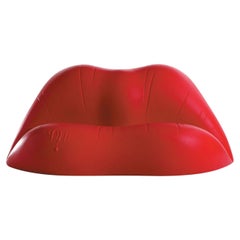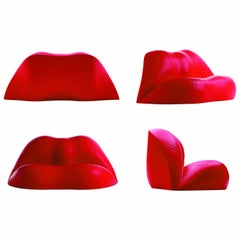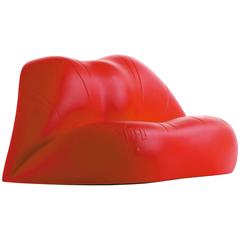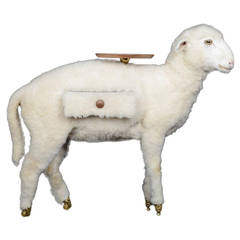Dalilips Sofa
2010s Spanish Modern Loveseats
Fabric, Foam, Polystyrene
21st Century and Contemporary Spanish Sofas
Plastic
Recent Sales
Vintage 1970s Spanish Modern Sofas
2010s Spanish Modern Animal Sculptures
Fur
People Also Browsed
Vintage 1980s Italian Cabinets
Brass
Vintage 1930s Chinese Art Deco Chinese and East Asian Rugs
Wool
20th Century American Mid-Century Modern Desk Sets
Chrome
21st Century and Contemporary French Art Deco Chandeliers and Pendants
Brass
Vintage 1950s French Screens and Room Dividers
Wrought Iron
Mid-20th Century German Armchairs
Steel
21st Century and Contemporary Portuguese Art Deco Chandeliers and Pendants
Metal
Late 20th Century Italian Mid-Century Modern Wall Lights and Sconces
Art Glass
20th Century German Mid-Century Modern Chairs
Metal
Vintage 1960s Italian Mid-Century Modern Sectional Sofas
Faux Fur, Fiberglass
Vintage 1980s Swiss Daybeds
Synthetic, Bamboo
Vintage 1980s Italian Post-Modern Bedroom Sets
Steel
1990s American Post-Modern Sectional Sofas
Upholstery
Mid-20th Century American Modern Wardrobes and Armoires
Mirror, Wood
Vintage 1960s Mid-Century Modern Bookcases
Chrome
Antique Mid-18th Century French Louis XV Sofas
Satin, Silk, Walnut
Read More
The 21 Most Popular Mid-Century Modern Chairs
You know the designs, now get the stories about how they came to be.
Eileen Gray’s Famed Cliffside Villa in the South of France Is Returned to Its Modernist Glory
After years of diligent restoration, E-1027, the designer-cum-architect’s marriage of romance and modernism, is finally complete.
See How New York City Designers Experiment on Their Own Homes
There are many lessons to be learned from the lofts, apartments and townhouses of architects and decorators in Manhattan and beyond.
Jeff Andrews Captures Old Hollywood Glamour in His Cinematic Spaces
Having created extravagant homes for reality TV’s biggest stars, the designer is stepping into the spotlight with his first book.
New Orleans’ Lee Ledbetter Makes Design Magic by Mixing Past and Present
The Louisiana-born and -bred architect talks to 1stdibs about the art of making timeless places that matter.
How a Modernist Hamptons Home on the Water Became the Ideal Weekend Refuge
Damon Liss and Stelle Lomont Rouhani Architects collaborated on this serene getaway for a minimalism-minded Manhattan family of four.
Desert Modern Designer Arthur Elrod Finally Gets His Day in the Sun
The Palm Springs interior decorator developed a mid-century style that defined the vacation homes of celebrities and other notables, including Bob Hope and Lucille Ball.
Artelinea, Mexico City’s One-Stop Contemporary Design Shop, Paves the Way for a New Wave of Mexican Designers
Wielding her influence on the international scene, founding partner Andrea Cesarman expands the platform for Mexican artisans.



